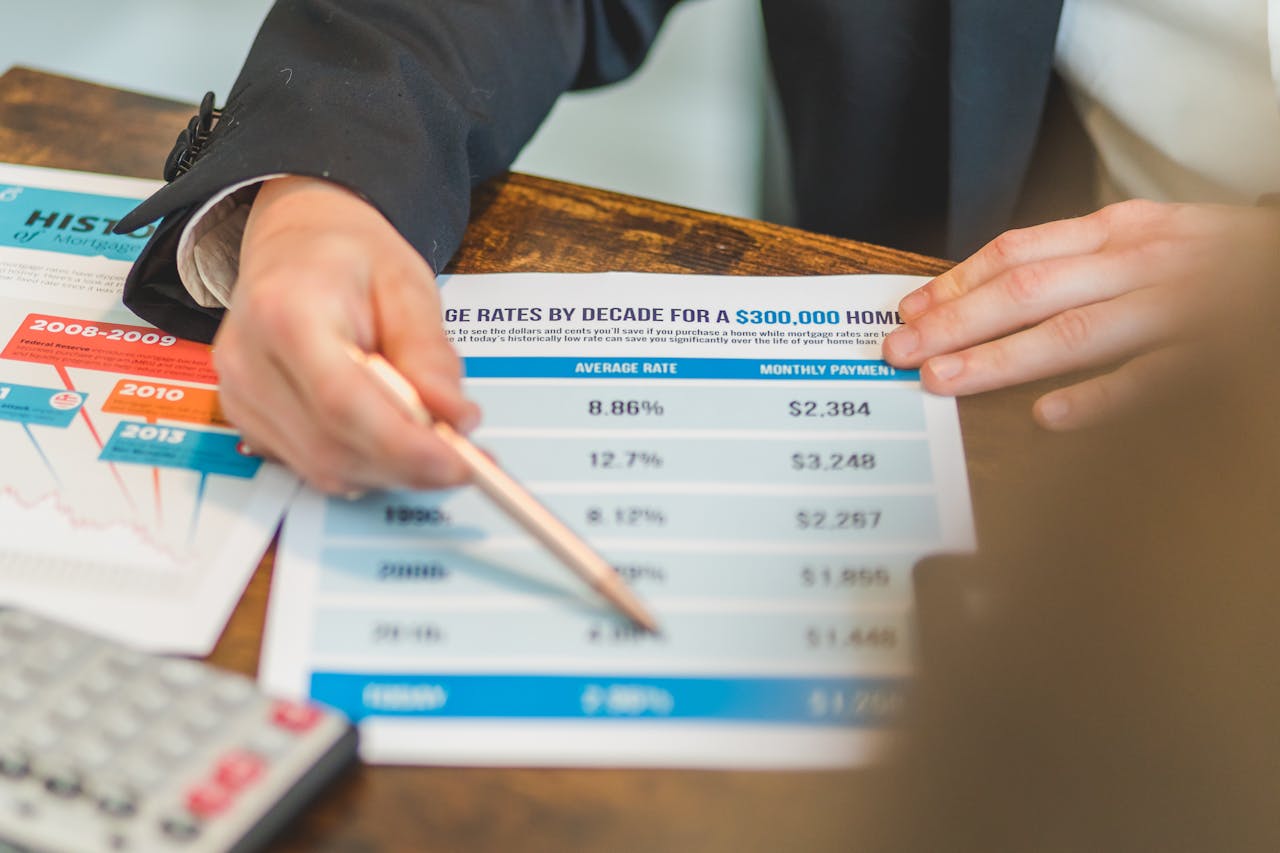
Busted Beliefs, Better Borrowing: Empowering First-Time Borrowers and Gig Workers
In the Philippines, getting a personal loan is often seen as a last resort—or worse, something shameful. But in 2025, access to formal financial institutions is easier than ever, thanks to online platforms and digital apps. The problem? Many Filipinos still hesitate due to myths that are outdated, misleading, or simply untrue.
Whether you're a freelancer, self-employed, or managing tuition fees, it’s time to separate facts from fiction. Here are the top loan myths holding people back—and what you should really know before your next loan application.
Reality: While payslips help, they're not the only accepted proof of income. Many lenders now accept digital income trails—such as bank transactions, remittances, or GCash history.
Freelancers and online sellers can apply with non-traditional income documents. Some lenders even accept income from online gigs and micro-businesses.
Tip: Always check the lender's income criteria. Some require a minimum gross monthly income, while others assess risk based on cash flow patterns.
Reality: While interest rates vary, not all online loans charge sky-high fees. Legit providers offer competitive rates, especially for repeat borrowers with good standing.
You can compare rates using a loan calculator to project your monthly payments and understand the loan term better.
Tip: Be cautious of apps offering "no requirements" with vague loan agreements. These often hide high processing fees or late payment fees.
Reality: Many licensed lenders now allow loan disbursement via e-wallets like GCash or Maya.
According to BSP reports, digital finance adoption surged by over 150% in the last two years, enabling unbanked borrowers to access funds through mobile apps.
Tip: If you don’t have a bank account, make sure your e-wallet is verified and linked to a valid mobile number and valid ID.
Reality: Applying to multiple lenders at once may delay your loan approval or hurt your credit history if they conduct hard inquiries.
Better approach: Use legit platforms that pre-screen your application and match you with offers based on your profile.
Reality: There are predatory apps, yes—but not all digital lenders are fake. The key is to check if the company is registered with the Securities and Exchange Commission (SEC) or licensed by the Bangko Sentral ng Pilipinas (BSP).
You can search any lender on the SEC i-View portal or check BSP’s public lending registry.
Reality: Legit lenders follow BSP rules on collection ethics. Harassment—like threatening calls or public shaming—often comes from unregistered or illegal lending apps.
Know your rights. This guide from DTI outlines borrower protections against abusive debt collection practices.
Reality: While borrowing from family can be interest-free, it also comes with emotional baggage and utang na loob. A structured cash loan from a legit provider gives you privacy, fixed monthly installments, and clear loan maturity terms.
Unlike one-size-fits-all banks, LoanOnline.ph helps you find personalized loan offers without committing to a hard inquiry. Whether you're self-employed, underbanked, or juggling unexpected expenses, this platform matches you with licensed lenders that suit your needs.
Example: A sari-sari store owner matched with a micro-loan offer even without a traditional bank account—just using e-wallet transaction history.
“Akala ko hindi ako ma-approve dahil irregular ang kita ko. But I found LoanOnline and matched with a lender who accepted my GCash transaction history and a bank screenshot. Naka-loan ako, bumili ng secondhand tablet, at now I’ve doubled my clients.”
This story proves that even with non-traditional income, loan proceeds can be used for income-generating assets if planned well.